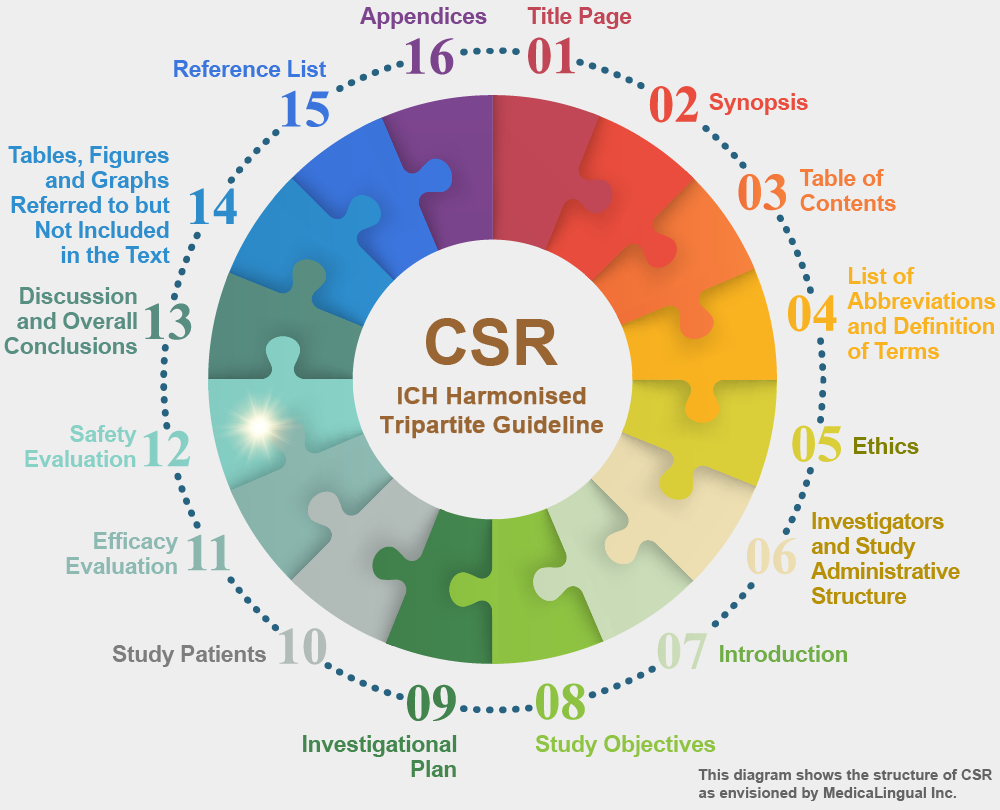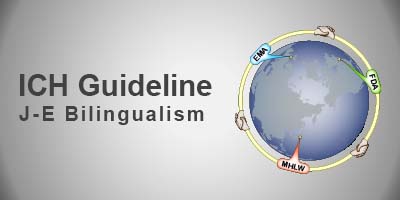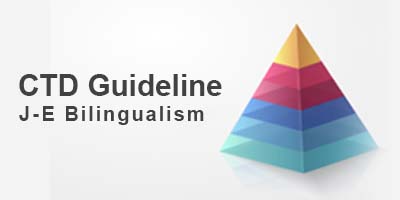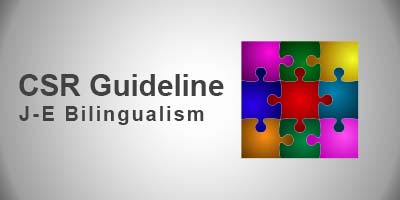
治験の統括報告書の構成と内容に関するガイドライン
平成8年5月1日 薬審第335号
各都道府県衛生主管部(局)長あて 厚生省薬務局審査課長通知
STRUCTURE AND CONTENT OF CLINICAL STUDY REPORTS
Recommended for Adoption at Step 4 of the ICH Process on 30 November 1995 by the ICH Steering Committee
12. 安全性の評価
12.6 安全性の結論
治験薬の全般的な安全性評価は,用量変更や併用療法を必要とした事象,重篤な有害事象,投与中止に至らしめた事象及び死亡に特別の注意を払いながら,概説すること。リスクの高い患者又は患者グループを明らかにし,人数は少ないかもしれないが,影響を受ける可能性の高い患者に特別の注意を払うこと。これらの患者には,例えば小児,妊婦,高齢者,薬物代謝又は排泄に著しい異常のある患者などが含まれる。
予想される使用方法に対する被験薬の安全性評価の意味合いを記述すること。
12. SAFETY EVALUATION
12.6 SAFETY CONCLUSIONS
The overall safety evaluation of the test drug(s)/investigational product(s) should be reviewed, with particular attention to events resulting in changes of dose or need for concomitant medication, serious adverse events, events resulting in withdrawal, and deaths. Any patients or patient groups at increased risk should be identified and particular attention paid to potentially vulnerable patients who may be present in small numbers, e.g., children, pregnant women, frail elderly, people with marked abnormalities of drug metabolism or excretion etc.
The implication of the safety evaluation for the possible uses of the drug should be described.










